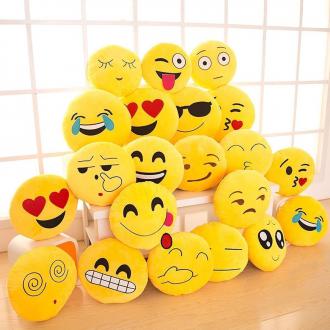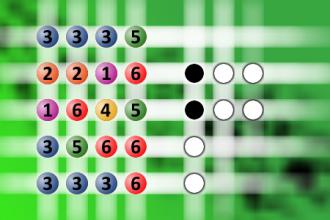What a winning combination?
The computer chose a secret code (sequence of 4 digits from 1 to 6). Your goal is to find that code. Black circles indicate the number of hits on the right spot. White circles indicate the number of hits on the wrong spot.
Blonde and computers
I told her I'd take a look and proceeded over to her machine, where I found shredded up clear plastic Baggie-like stuff hanging out of her 3.5" floppy drive. While I spent the next 20 minutes getting out her disk and digging out the plastic, I noticed two guys, John and Dave, in the hall trying awfully hard to keep straight faces. Suspecting some mischief, I asked her how the plastic got into the drive.
"Oh, you mean the condom!", she said.
"Condom???", I asked.
"Yes, John & Dave over there told me to always put a condom on my disk before inserting it, to prevent catching viruses."
By this point, John & Dave were roaring, and it was all I could do to keep from joining them. The "condom" turned out to be a standard 3.5" plastic sleeve. I delicately explained to her that a practical joke had been played, and she shouldn't do that anymore, when she asked (as serious as one could be):
"Does that mean I don't have to stroke it ten times or blow on it either???"

